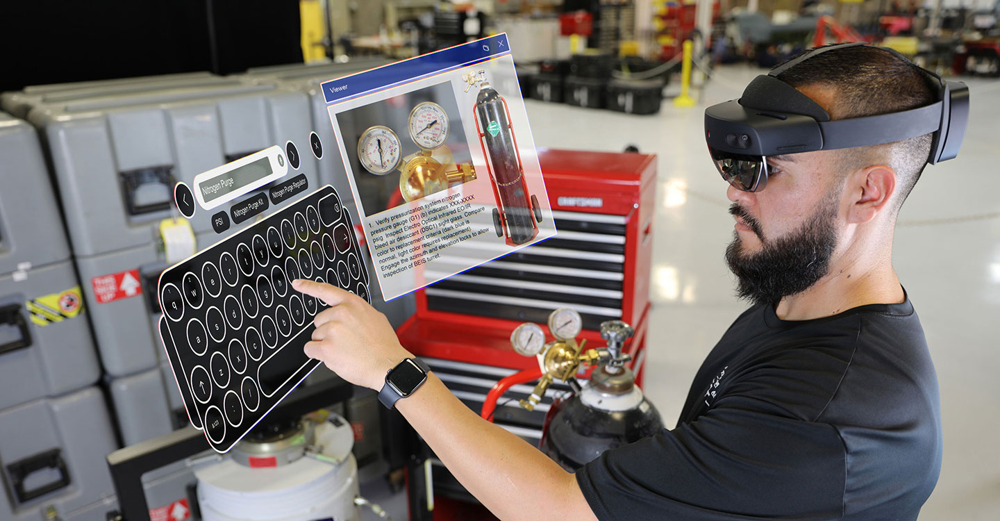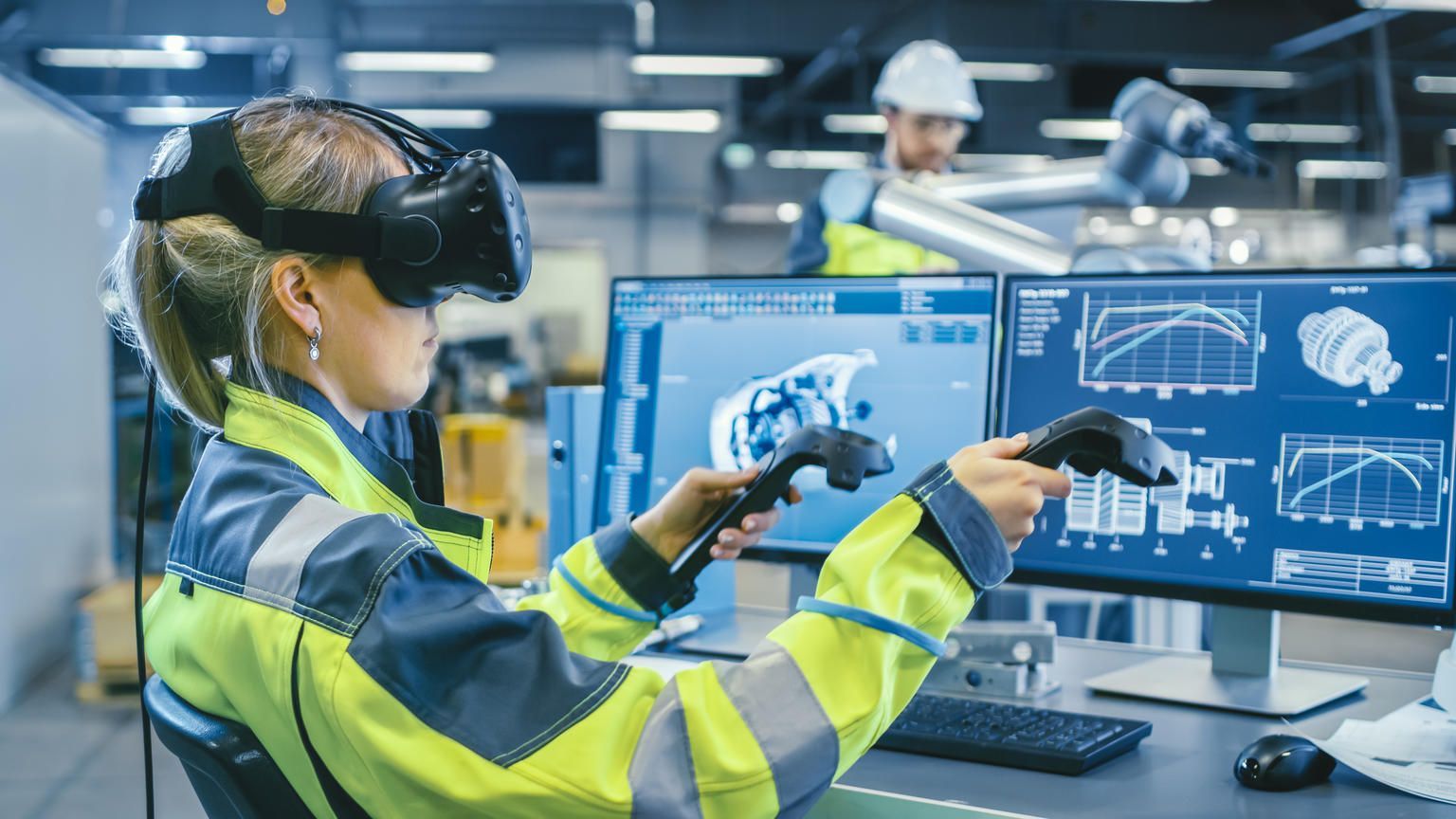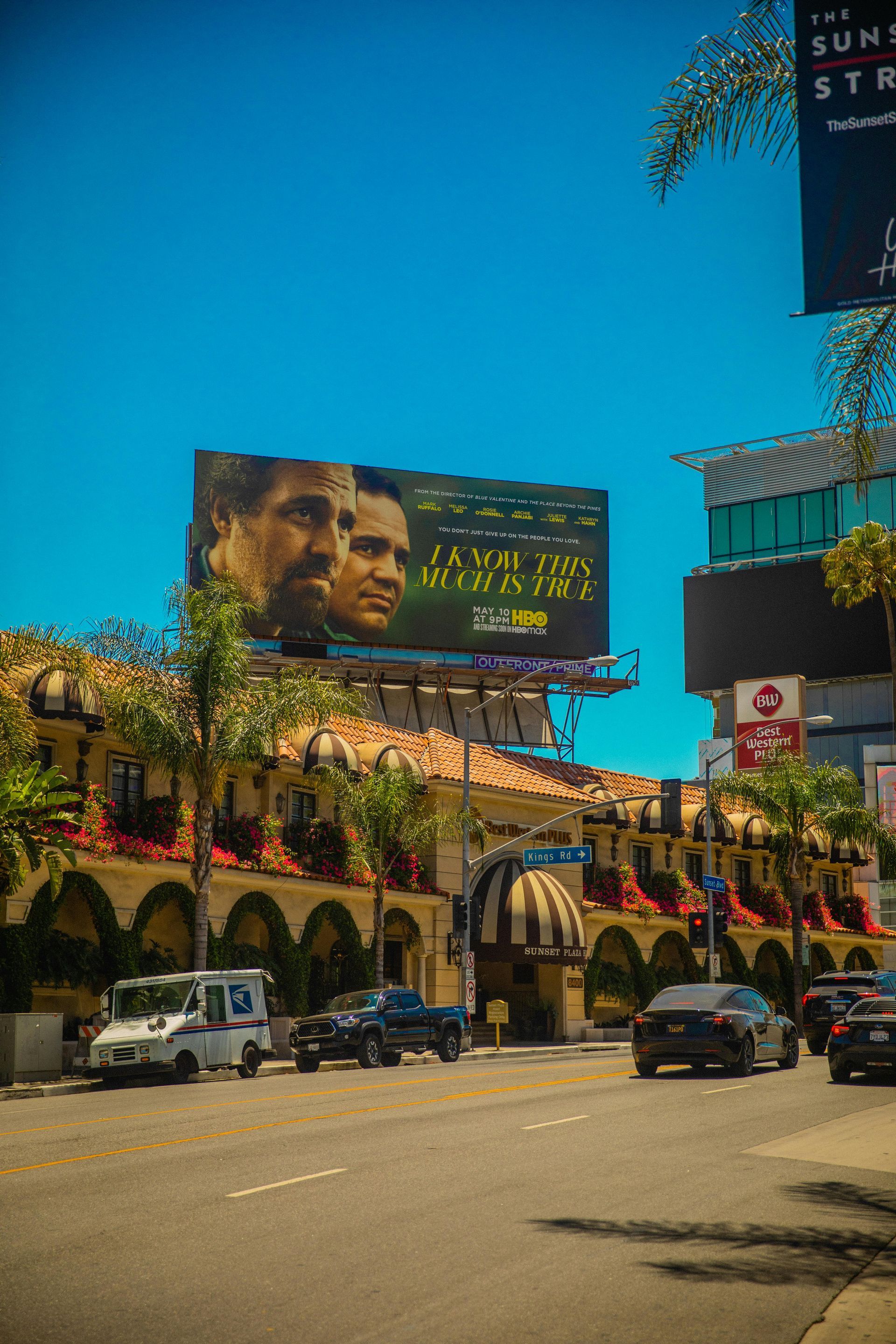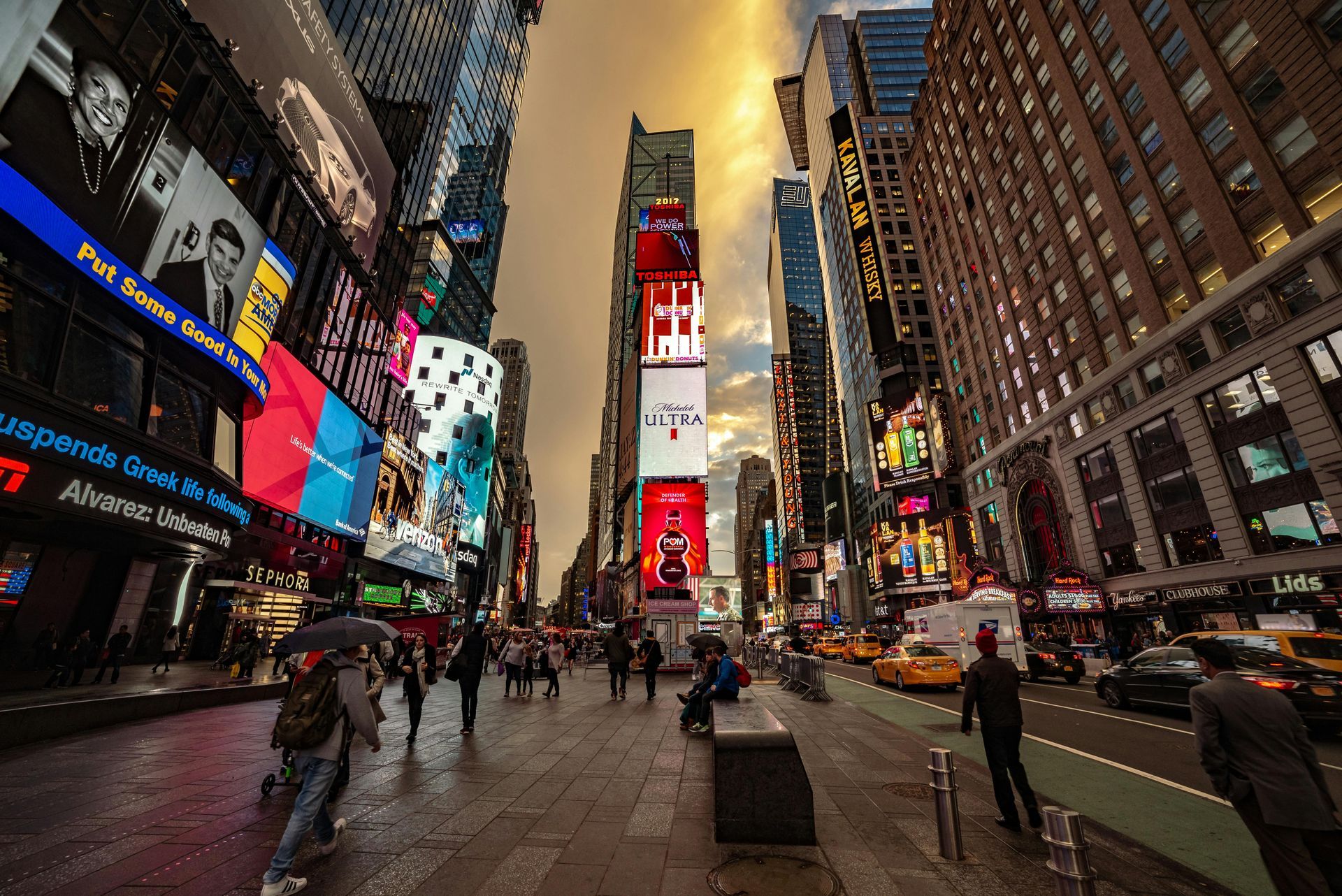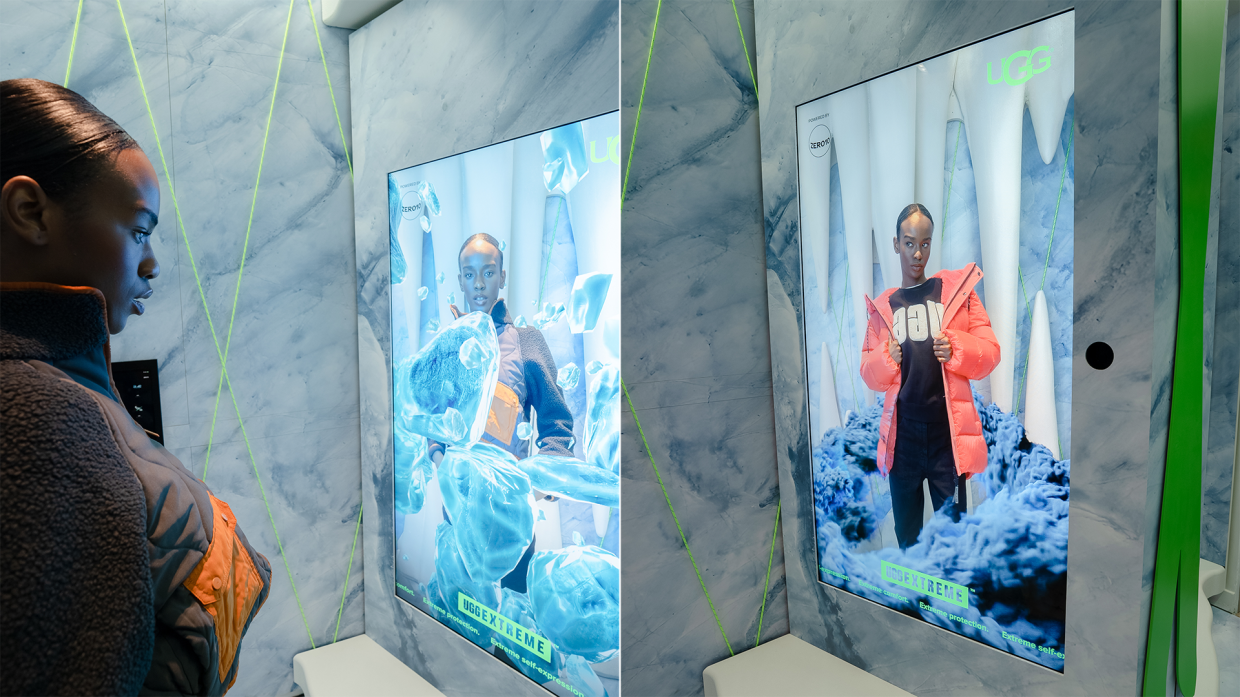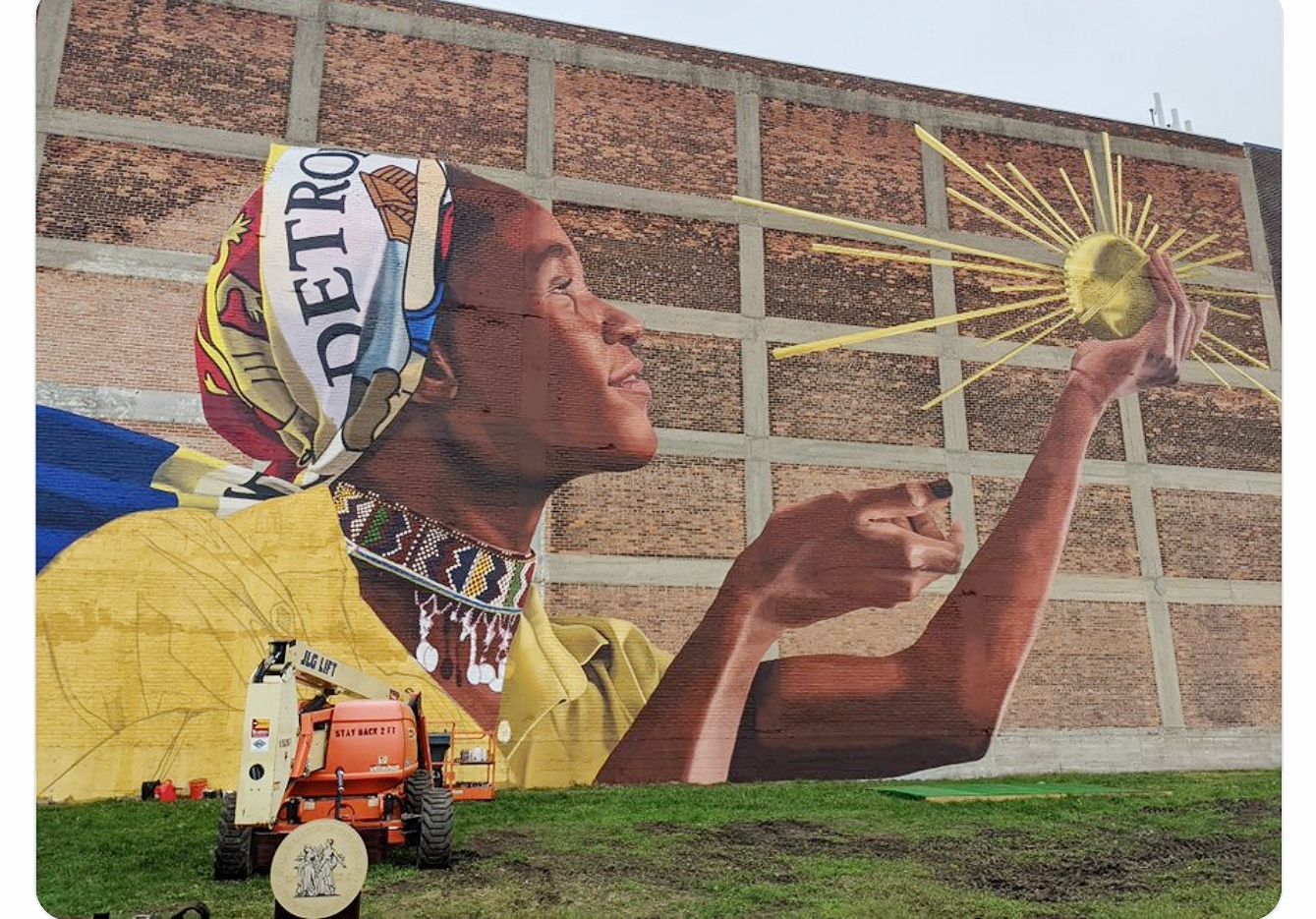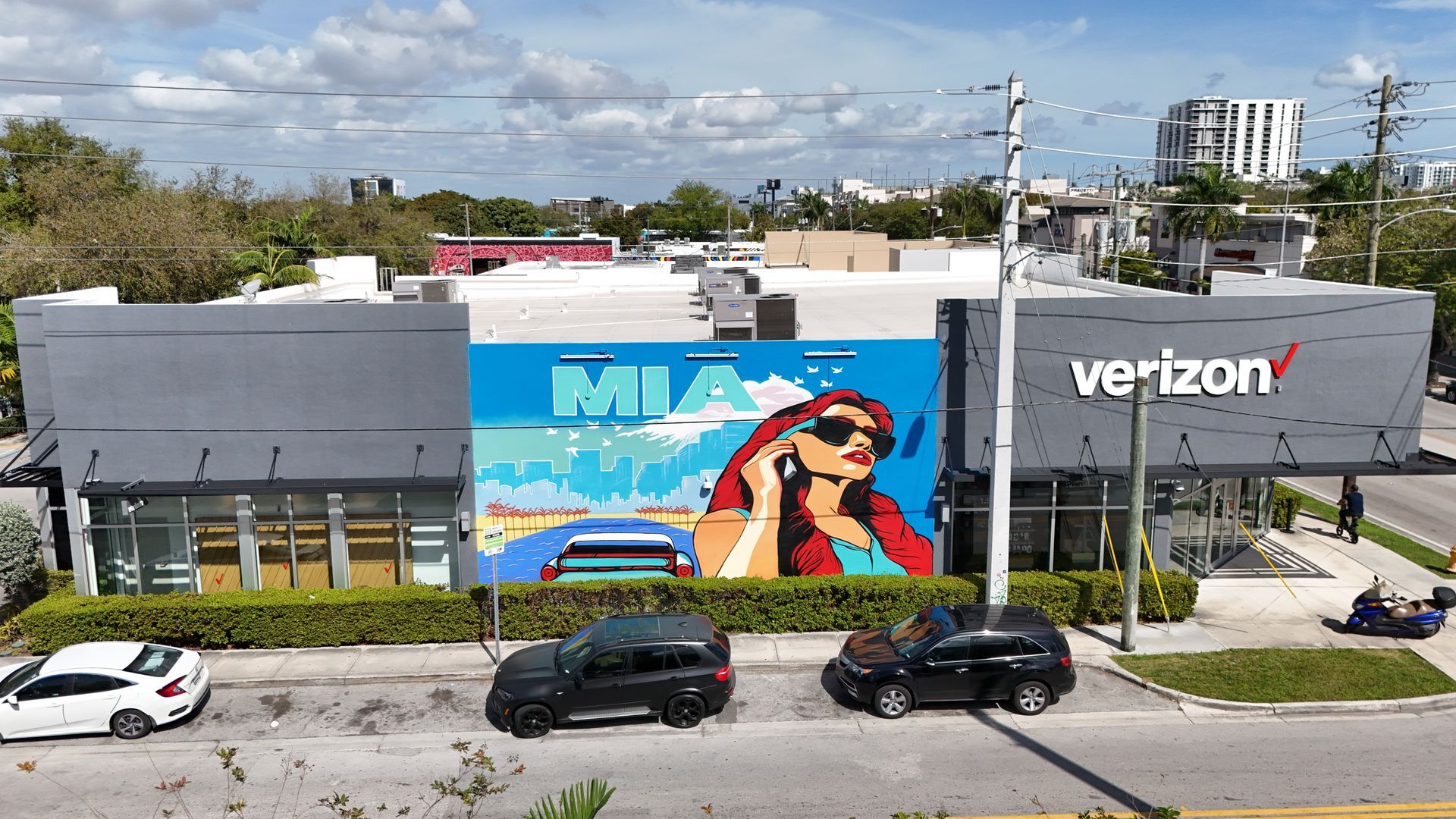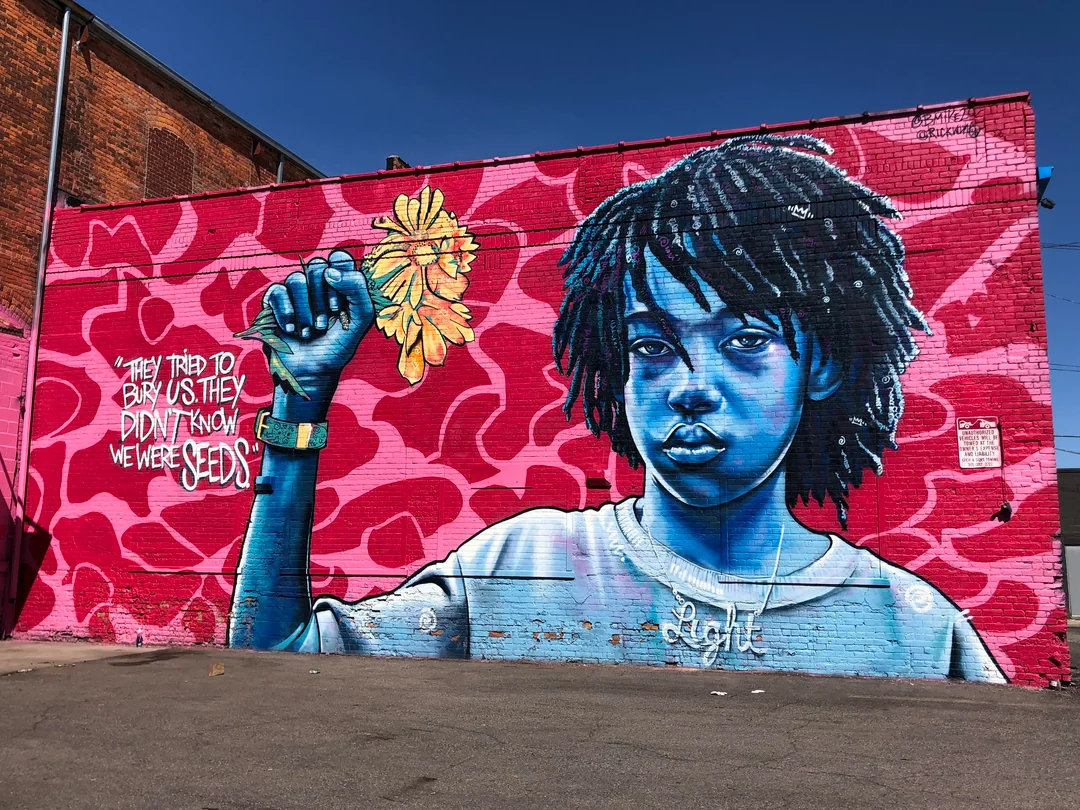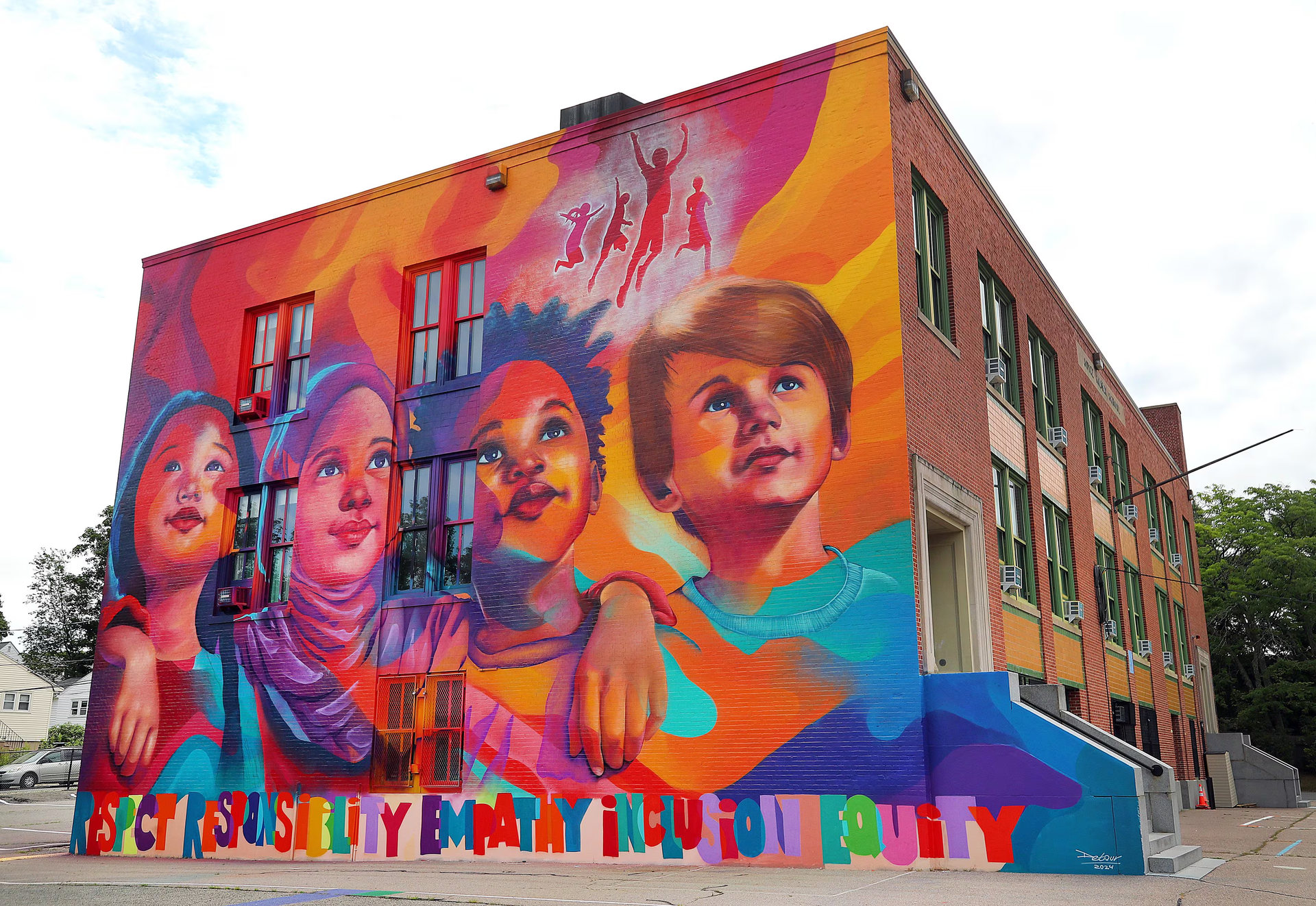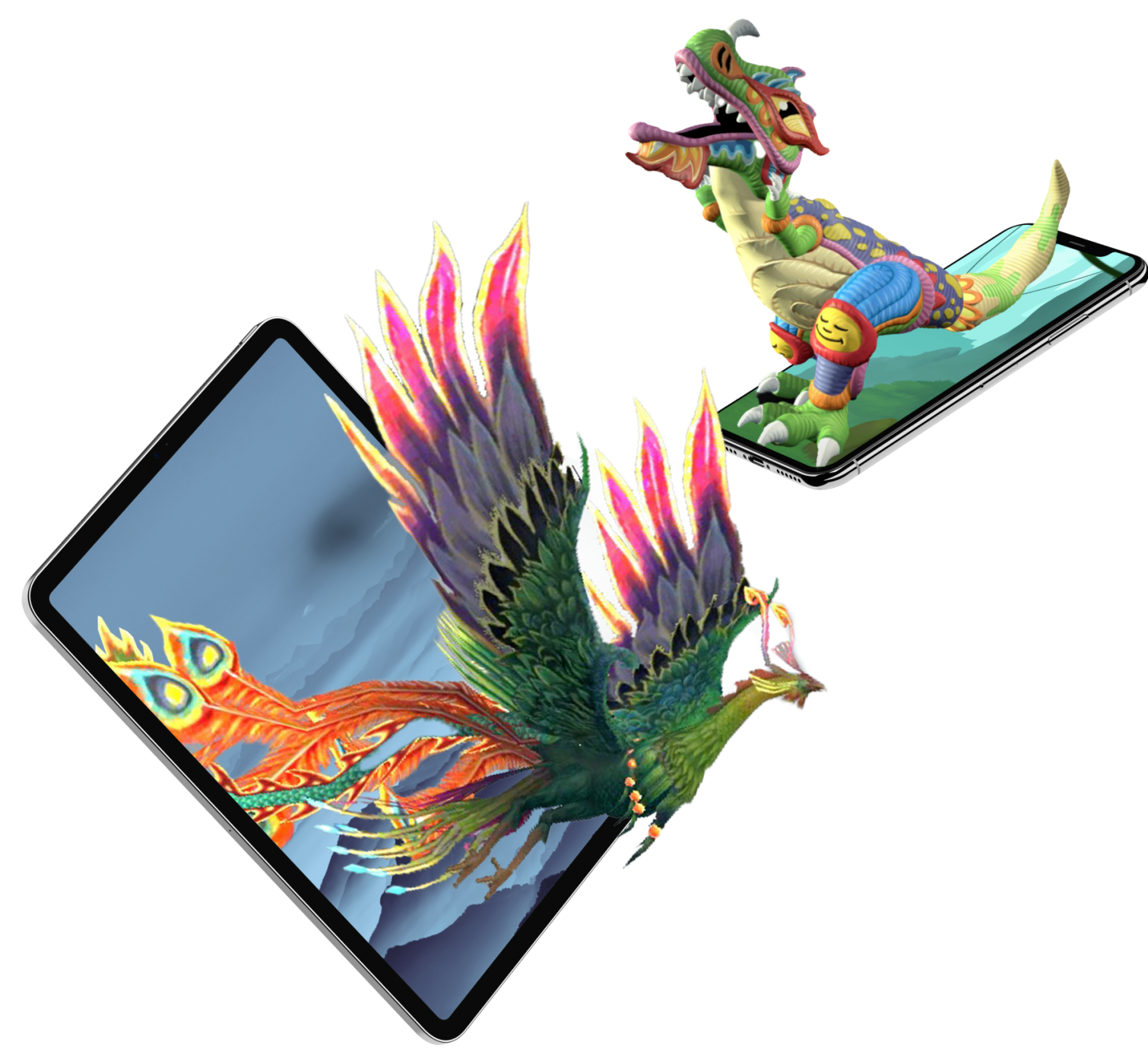Why Your University Needs an Augmented Reality Mural
Introduction
Universities today constantly seek innovative ways to enhance campus life, attract prospective students, and foster a deeper sense of community. One way to achieve these goals is through Augmented Reality (AR) murals—interactive, digital art experiences that blend the physical and virtual worlds. These murals are visually captivating and serve as powerful engagement tools, bridging art and technology in a format that appeals to both arts and computer science students alike. In this article, we’ll explore why AR murals are an invaluable asset to any university and how they can impact students, faculty, and visitors alike.
1. Boosting Campus Engagement Through Interactive Art
AR murals transform traditional public art into immersive, impactful experiences. Unlike static art, AR murals invite viewers to engage and interact, often using smartphones or tablets to unlock animations, sounds, and information layered over the physical mural. Integrating digital layers with physical art attracts students and visitors, encouraging them to interact with the mural and the surrounding campus in new and engaging ways.
This level of interaction makes AR murals a fantastic tool for fostering campus pride. It’s especially resonant with younger generations accustomed to augmented realities through social media filters and games. By blending 3D animations with real-world locations, AR murals can offer a memorable, shareable experience that students will likely promote across their networks, amplifying the university’s visibility.
2. Showcasing University Values and History in Innovative Ways
AR murals provide a unique opportunity to highlight the university's history, values, and milestones. They can commemorate significant events, honor past achievements, or showcase diversity and inclusion efforts. An interactive mural could include virtual tours, adding depth by presenting historical photos, videos, and interviews with prominent alumni or faculty.
By enabling students to learn about their campus and its history in a dynamic, immersive format, universities offer more than just visuals—they offer storytelling experiences that inspire curiosity and foster a deeper sense of belonging. This is especially meaningful for incoming students exploring the campus for the first time.
3. Enhancing Recruitment and Retention
In a competitive academic landscape, attracting students goes beyond offering high-quality programs; universities must also offer an attractive, engaging campus experience. AR murals can play a pivotal role here. With technology like BrandXR’s no-code platform, universities can effortlessly create and maintain AR experiences, showcasing their commitment to innovation and technology.
Prospective students, particularly those interested in arts management, computer science, or sports and athletics, are more likely to be drawn to campuses that embrace cutting-edge technology and offer unique, memorable experiences. For instance, an AR mural in a sports center could celebrate athletic achievements or showcase player highlights, making it especially engaging for students interested in university sports and athletics.
4. Bridging the Gap Between Art and Technology
AR murals uniquely combine art and technology, making them ideal for interdisciplinary collaboration. This allows teaching professors across departments—from the arts to engineering—to incorporate AR experiences into their curriculum. For instance, arts management students might collaborate with computer science students to conceptualize, design, and launch AR projects, providing real-world applications for their studies.
These projects build interdisciplinary skills and serve as practical portfolios that showcase students’ technical and creative abilities, which can be valuable in their post-graduation job searches.
5. Creating Sustainable, Easily Updatable Campus Art
One remarkable benefit of AR murals is their digital flexibility. Unlike traditional murals, which can be costly and time-consuming, AR murals can be refreshed and adapted without physical alterations. Universities can periodically introduce new digital content to reflect current events, seasonal themes, or recent achievements. This keeps the mural dynamic and relevant, ensuring it remains a centerpiece of campus life for years.
Moreover, AR murals offer a more
environmentally sustainable solution than constantly repainting or altering physical murals. The digital layers can be changed with minimal resource expenditure, aligning with campus-wide sustainability goals.
6. Showcasing Technological Leadership in Higher Education
AR murals are a powerful statement for universities aiming to position themselves as leaders in art and technology. By investing in augmented reality, they signal prospective students, faculty, and partners that they are forward-thinking and committed to providing the best learning environment.
BrandXR, for example, offers universities the tools to create and manage AR murals through a no-code platform, making it accessible for institutions with limited technical resources. This empowers universities to integrate 3D interactive murals without needing specialized developers or artists on staff, lowering the barrier to entry for immersive AR experiences.
7. Data Insights to Improve Campus Facilities
One often-overlooked benefit of AR is the data collection and analytics it enables. Universities can gather insights into visitor behavior and engagement by tracking how users interact with the mural. This data can help administrators understand which types of content resonate most with students, allowing for more informed decisions about future campus art projects or interactive experiences.
These insights could also be applied in broader campus initiatives, such as improving student services or understanding foot traffic patterns around campus facilities. The analytics from AR interactions provide a direct way to gauge student interests and adapt university offerings to better meet their needs.
8. Increasing Visibility and Revenue Opportunities
Aside from enhancing the campus experience, AR murals offer unique marketing and revenue-generation opportunities. Since these experiences are inherently shareable, they can amplify the university's presence on social media. A well-executed AR mural can attract local press coverage, drawing more attention to the campus and potentially increasing enrollment interest.
Furthermore, AR murals can open doors for sponsorship opportunities. Universities can partner with local businesses or national brands to sponsor AR murals, embedding sponsor logos or promotional messages within the digital experience. This approach can help offset the costs of the mural while building connections between the university and the community.
9. A New Tool for Alumni Engagement
Finally, AR murals can be an effective tool for alumni engagement. By integrating a virtual alumni showcase or interactive timeline of campus milestones, universities can create AR experiences that celebrate alumni achievements, bringing past graduates back to campus and inspiring current students. Alumni visiting campus for events like homecoming or reunions can connect with the mural, deepening their bond with their alma mater.
Moreover, an interactive mural can serve as an excellent tool for university fundraising, as alumni donors might be encouraged to support or sponsor future updates to the mural.
Conclusion
The future of campus life lies in creating visually inspiring and technologically advanced environments. AR murals bridge art and technology in interactive, sustainable, and endlessly adaptable ways. They make campus spaces more vibrant, increase student and faculty engagement, and offer new marketing opportunities for universities.
For universities looking to boost their competitive edge, investing in an augmented reality mural is more than just adopting a trend—it’s an innovative way to reshape how students, alumni, and the broader community experience the campus. The benefits are clear: AR murals make the campus more appealing, interactive, and memorable, establishing the university as a leader in art, technology, and immersive experiences.
TALK TO A PRO
We're here to bring your brand to life!
Stay Connected with BrandXR
Create Augmented Reality for Free!
Create, Publish, and Measure 3D Augmented Reality Experiences Without Having to Code.

